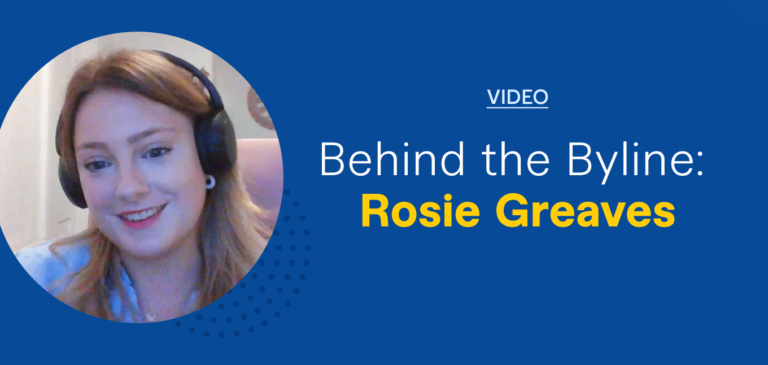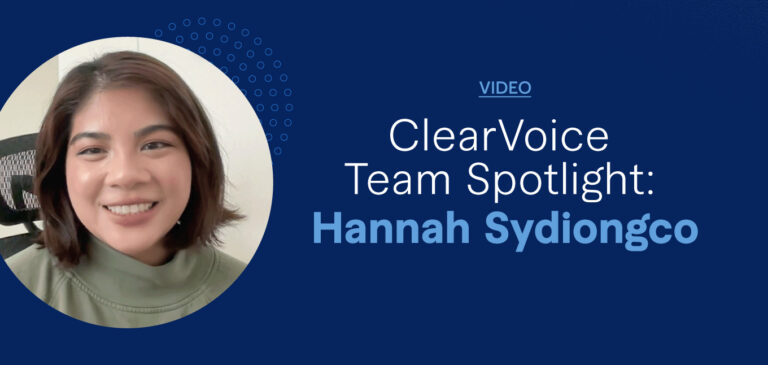A thing that most successful brands, especially successful breakout brands, have in common: They know their customers; they understand them; and they LOVE them. Or at least, they do a fully committed pretense of it.
Whether you’re a cable TV network, an apparel company or an IT solutions provider, it simply doesn’t work to hate your customers — or scorn them, or not really want to know anything about them at all. And yet. We’ve all been in creative meetings or discussions where we’ve gotten that feeling… someone up at the top feels a certain kind of way about the people buying their products. It’s disconcerting to encounter, as a marketer. As a consumer? It’s definitely enough to turn people off a product forever.
Signs you might hate your customers… and inspiration to change your view
Here are five indicators that you’re disrespecting/misunderstanding/not really loving your customers — and examples of companies that show true love to their customers in this area, with spectacular results.
1. You don’t ever want to use user-generated content on your social media feeds.
UGC is the greatest multi-purpose byproduct of Instagram: the endless supply of photos featuring your venue or product, snapped by customers with excitement, a memorable moment that involves you, and maybe even serious skill (or timing) to their photography. In rare instances, mining your UGC feed will get you the shot — one that’s good enough to outperform a professionally styled and photographed image, because it resonates so much with the consumer. In most cases, UGC is realistically good enough to fill out an IG/Facebook feed. But equally importantly, it provides the brand with invaluable insights into what customers are buying, loving and sharing with friends.
UGC is not always going to be at a professional level aesthetically, but it’s valuable for its authentic feeling. If you never repost it onto your official brand accounts, then you’re unconsciously sending a message that the authentic user experience cannot compare to the glossy agency-style shots.
Get Inspired By: Converse, a brand whose ingenious Instagram strategy relies on scouting and curating the best user-generated content, enhanced by narrative text and professional editing to stitch many stories together into a cohesive Converse story.
Check it out in their IG Highlights. This is truly a brand who sees its customers’ creativity as an asset. Tapping into its clients is how a shoe company becomes a style icon across the generations.
Spotify’s “Play This at my Funeral” campaign featuring the best, oddest and most random playlists — with artist commentary —also deserves attention, because it tapped into the audio realm and spawned a meme (much harder than doing so in the visual or Tumblr/tweet realm).
2. Your live event talent or influencer program features a talent lineup that has never bought one of your products and likely never will.
The designated public faces of your brand should ideally personify it, or exemplify it, if you’re trying to elevate your reputation a bit. If you choose brand ambassadors who would never normally associate with your brand, then you don’t think your true customer base is anywhere near what you want it to be. This is so insulting to your core customers, and will probably not do anything to win you new customers, because the disconnect is too much.
Get Inspired By: Cabo Wabo, the ultimate celebrity-fronted liquor brand. While every A-list musician and actor now seems to be shilling some liquor or wine brand, Sammy Hagar was ahead of the curve by more than a decade when he attached to Cabo Wabo as a bar venue and a tequila. The spirit actually began as the house liquor for the Cabo Wabo Cantina, but found a United States importer by 1999. By 2007 — or, just about the time a few other business-minded celebs were thinking about becoming the face of a liquor brand — Hagar had sold the majority stake in Cabo Wabo to Gruppo Campari. By 2013, he had divested completely. But plenty of people still automatically connect Cabo Wabo with Sammy Hagar, even though the patron is attempting to re-create the magic with a new brand.
3. You laugh about your customer base’s lifestyle in strategy meetings.
It’s one thing to be a customer service rep and, after 8 solid hours answering angry phone calls and emails, shake your head and fume, “AGH, CUSTOMERS!” And a totally different thing to be a highly paid creative director who feels free to disparage and scorn a group of people, while drawing your six-figure salary from the revenue they provide. If you are the agency lead on a brand, or you work in-house at a brand, you had better learn to find value in the customer’s lifestyle — because it’s providing you with your own lifestyle.
Get Inspired By: Chewy! Before its headline-making acquisition by PetSmart, Chewy was known as a startup that would spare no expense or effort to acquire a new customer. But its “high-touch” customer service goes above and beyond, in ways that may not have a high dollar value but inspire outsize customer loyalty and reputation. From handwritten notes to thoughtful gifts to round-the-clock access, Chewy retains customers through a consistent focus on incredible customer service — and that starts with hiring people based on how kind they are prepared to be to customers.
4. You would never be a customer of your own product.
It is, oddly, quite common in agency or production company professional life not to be a huge consumer of whatever product you’re pushing at the moment. If you’re new to an account or you’ve been assigned to juggle many accounts, it’s excusable. However [sternly clears throat], to the agency principles who built their business on a few brands; or to the in-house people who supposedly are brand stewards: Even if you didn’t love your brand’s products at the outset, figure out a way to at least like them! There’s no way to sincerely market a product if you have never tasted, touched or otherwise experienced it.
Get Inspired By: DryBar, the $100 million salon business founded by a former stylist who was fed up with over-paying for blowouts. If you ask, “What is a blowout?” or, “Why would I pay for a blowout on the regular?”, then you are simply not a DryBar customer. And when DryBar founder Alli Webb came up with her business idea, she was not worrying about the majority of people who would never be a customer. She knew there were enough people who are addicted to blowouts, and who want regular access to them for slightly less than high-end salon prices, that it could conceivably sustain a business model. And she was right.
A marketer who can’t get in their customer’s own shoes (or salon chair) has no business trying to sell that product. On the flip side, avid customers of a product can sometimes strike lightning, because they know there are other people out there who are just like them — and they know what those people want that’s missing from the current landscape.
5. When you meet someone you admire, you immediately assume they don’t fit your customer profile.
Here’s possibly the most jarring pitching situation a creative can be in: When the decision-maker who can greenlight your initiative is in a room with your talent discovery (a person whom they find admirable professionally, ethically and personally) and automatically assume would not be relatable to their target demographic. Only, that person (brand ambassador, video host, public figure) is proudly in their target demographic. “My consumers would never relate to you,” the decision-maker says. Your talent is confused. You are horrified. You realize the decision-maker has no idea what their target customer looks like.
Seriously, decision-maker: Get over your own prejudices, and get a grip. Your numbers depend on it!
Get Inspired By: SheaMoisture founder Richelieu Dennis just announced the creation of a $100 million fund for women entrepreneurs of color. As an entrepreneur whose Sundial Brands portfolio recently sold to Unilever, Dennis understands the power and the potential of women of color. Their support built his empire. Now, he’s supporting their business dreams in partnership with Unilever.






